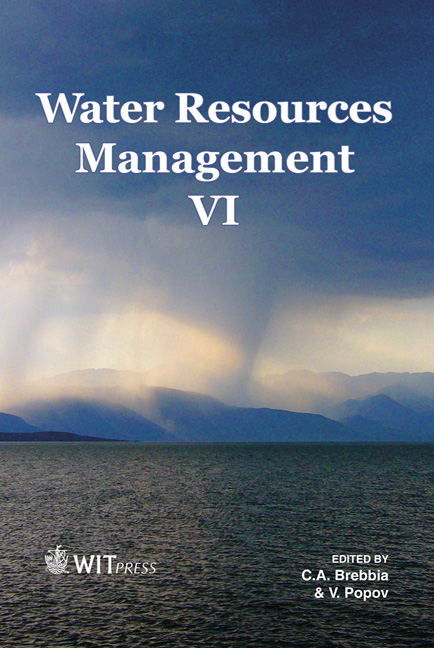Preliminary Results Of Landslide Characteristics Due To Rainfall In The City Of Ensenada, Baja California, Mexico Using Physical Modelling
Price
Free (open access)
Transaction
Volume
145
Pages
8
Page Range
623 - 630
Published
2011
Size
3,143 kb
Paper DOI
10.2495/WRM110551
Copyright
WIT Press
Author(s)
J. Soares, C. Garcia, E. Inzunza, J. M. Hernandez, J. E. Olguin, C. Camargo, P. Rousseau, C. Sandoval & A. G. Medina
Abstract
The overall objective of this project is to produce maps identifying potential landslide hazard areas in the city of Ensenada, Baja California Mexico. In this paper we present the results of the granulometric analysis for 7 soil samples of different sites in the city that are subject to landslide or rock displacement hazard. We also present the tests done on the physical sliding model and a comparison between the sites and the model observations. The results show some consistency between the sliding model and the field observations. Keywords: landslides, physical modelling, natural hazards. 1 Introduction Landslides are known for its fierce consequences in the number of deaths. In Brazil, more than 500 people were reported to have died after torrential rains triggered mud avalanches in Teresopolis and neighbouring areas north of Rio de Janeiro; some of the areas were illegally occupied by houses built by their occupants on steep hillsides. In Oaxaca, Mexico, on the 28th of January of 2011, a landslide devastated the State, mainly the town of Santa Maria Tlahuitoltepec leaving approximately 1500 houses with damages and 25000 victims [1]. On the North-western part of Universidad Auton ma de Baja California, Campus Ensenada, México
Keywords
landslides, physical modelling, natural hazards





